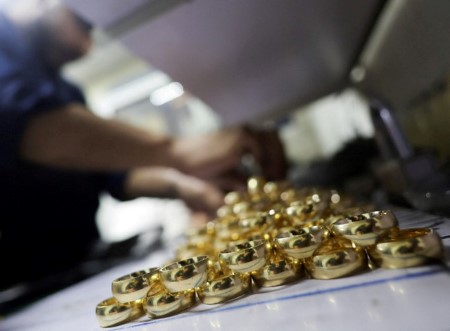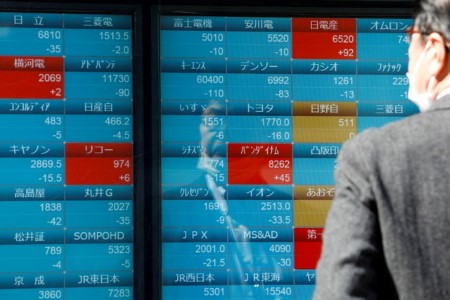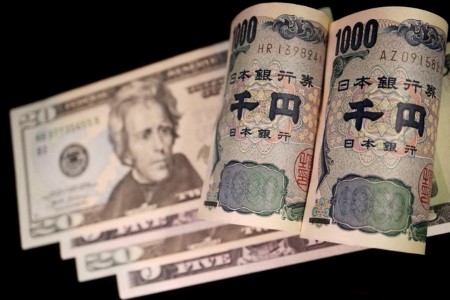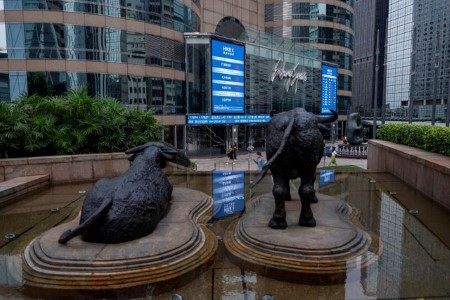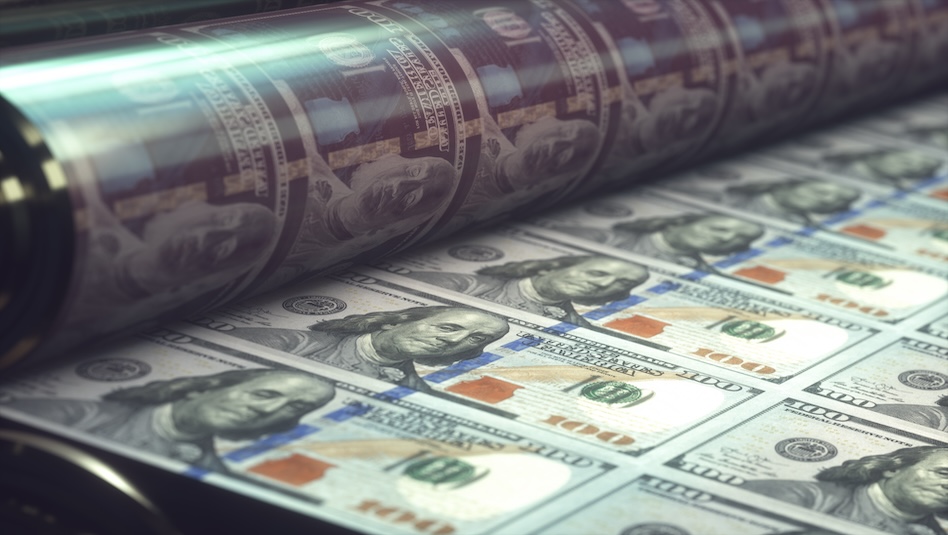Gold prices slid to a three-week low on Wednesday, as investors piled into the US dollar after Republican Donald Trump was elected US president.
Market participants were also looking ahead to the Federal Reserve’s interest-rate decision on Thursday for further clues on the bank’s easing cycle that had helped gold’s stunning rally to successive record highs this year.
Spot gold was down 2.8% at USD 2,667.19 per ounce, as of 2:07 p.m. ET (1907 GMT), after hitting a three-week low of USD 2,652.19. The metal was on track to post its biggest daily loss in five months.
US gold futures settled 2.7% lower at USD 2,676.30.
“A clear presidential victory when the market has been pricing in a contested result, removal of an element of risk, Trump trades include the dollar’s strengthening this morning and the combination of the two has brought gold lower,” said StoneX analyst Rhona O’Connell.
Trump recaptured the White House by securing more than the 270 Electoral College votes needed to win the presidency, Edison Research projected.
Investors said Trump’s presidency will bolster the dollar, causing the Federal Reserve to pause its easing cycle if inflation takes off after expected new tariffs.
The dollar index hit a four-month high, making bullion more expensive for overseas buyers.
The risk of rising inflation could slow the pace of US rate cuts as tariffs roll out, said Ole Hansen, head of commodity strategy at Saxo Bank.
“The (Federal Open Market Committee) will likely still cut on Thursday but the subsequent language will be studied closely for signs of a pause.”
Investors widely expect the Fed to announce a quarter-point rate cut after 50-bps reduction in September.
Commodities from oil and gas to metals and grains dropped as the dollar rallied.
Spot silver fell 4.4% to USD 31.24 per ounce. Platinum shed 0.8% to USD 991.60 and palladium was down 3.4% at USD 1,039.43. All three metals hit their lowest levels in three weeks.
(Reporting by Anjana Anil, Sherin Varghese, and Anushree Mukherjee in Bengaluru; Editing by Veronica Brown, Sharon Singleton, Shilpi Majumdar, and Rod Nickel)



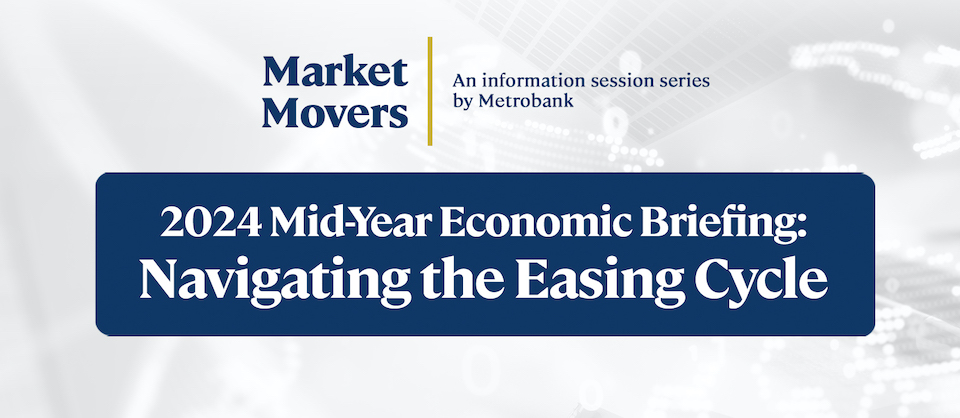



 DOWNLOAD
DOWNLOAD




